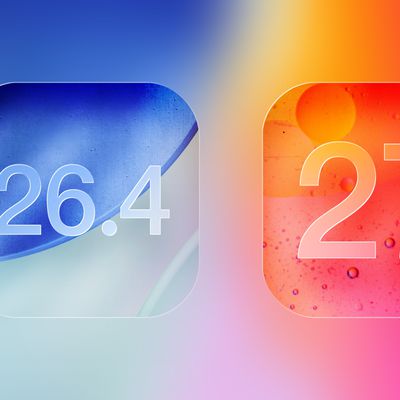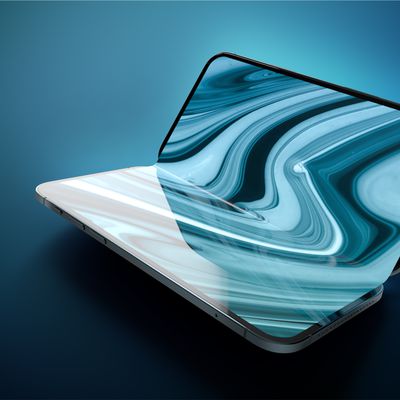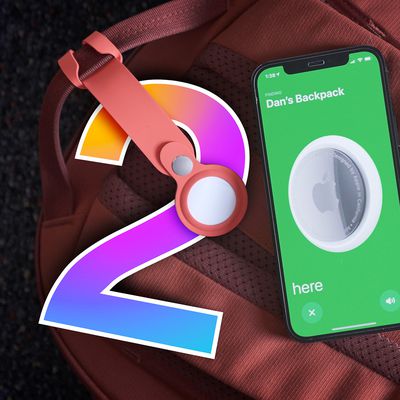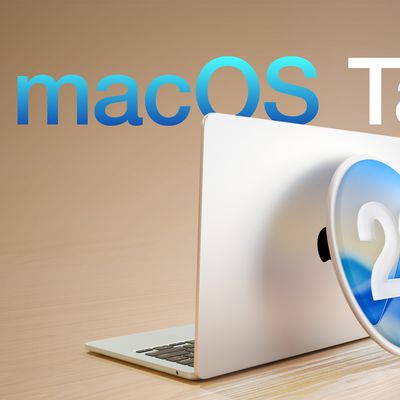iPhone's Satellite Feature Launched Two Years Ago Today, Remains Free
Today marks two years since Apple made its Emergency SOS via satellite feature available on all iPhone 14 models in the U.S. and Canada. Apple has since expanded its suite of satellite-based features, and they all remain free to use for now.

Below, we recap the rollout of Apple's satellite features and what's next.
- November 2022: Apple launches Emergency SOS via satellite in the U.S. and Canada, allowing you to contact emergency services via SMS in most locations without cellular and Wi-Fi coverage. You can also share your location in the Find My app via satellite connection. The feature is available on all iPhone 14 models and newer. When the feature first launched, Apple said it would be free for two years after the activation of any iPhone 14, but the free period was later extended by one year.
- December 2022: The feature expands to the U.K., France, Germany, and Ireland.
- March 2023: The feature expands to Austria, Belgium, Italy, Luxembourg, the Netherlands, and Portugal.
- May 2023: The feature expands to Australia and New Zealand.
- September 2023: The feature expands to Spain and Switzerland.
- September 2023: Apple launches Roadside Assistance via satellite in the U.S., allowing you to contact roadside assistance provider AAA via SMS in most locations without cellular and Wi-Fi coverage, in the event you get a flat tire, run out of gas, or have other car troubles. The feature is available on all iPhone 14 models and newer. This feature is also free for two years after device activation.
- November 2023: Apple makes Emergency SOS via satellite free for an additional year for users who had already activated an iPhone 14, meaning the feature can be used for free until at least November 2025.
- December 2023: Verizon becomes a Roadside Assistance via satellite partner.
- July 2024: Emergency SOS via satellite expands to Japan.
- September 2024: Apple launches Messages via satellite in the U.S. and Canada, allowing you to send and receive text messages over iMessage and SMS in non-emergency situations outside of cellular and Wi-Fi coverage. Like the other satellite features, it has an initial two-year free usage period.
- October 2024: Roadside Assistance via satellite expands to the U.K. with Green Flag.
- November 2024: Apple commits around $1.5 billion to its satellite partner Globalstar to fund the expansion of iPhone satellite services.
It is unclear if and when Apple will start charging for its iPhone satellite features, but the time limit on free usage makes it sound like the company does eventually plan to charge a fee for at least some of the services. The current free period for Emergency SOS via satellite ends one year from today, so Apple still has some time to figure out its plans.
With funding from Apple, Globalstar plans to launch a new satellite constellation and expand its ground infrastructure, which could result in faster connection times and the expansion of iPhone satellite features to additional countries.
Popular Stories
Apple seeded the second iOS 26.2 Release Candidate to developers earlier this week, meaning the update will be released to the general public very soon.
Apple confirmed iOS 26.2 would be released in December, but it did not provide a specific date. We expect the update to be released by early next week.
iOS 26.2 includes a handful of new features and changes on the iPhone, such as a new...
Apple today released new firmware designed for the AirPods Pro 3 and the prior-generation AirPods Pro 2. The AirPods Pro 3 firmware is 8B30, up from 8B25, while the AirPods Pro 2 firmware is 8B28, up from 8B21.
There's no word on what's include in the updated firmware, but the AirPods Pro 2 and AirPods Pro 3 are getting expanded support for Live Translation in the European Union in iOS...
Google Maps on iOS quietly gained a new feature recently that automatically recognizes where you've parked your vehicle and saves the location for you.
Announced on LinkedIn by Rio Akasaka, Google Maps' senior product manager, the new feature auto-detects your parked location even if you don't use the parking pin function, saves it for up to 48 hours, and then automatically removes it once...
Macworld's Filipe Espósito today revealed a handful of features that Apple is allegedly planning for iOS 26.4, iOS 27, and even iOS 28.
The report said the features are referenced within the code for a leaked internal build of iOS 26 that is not meant to be seen by the public. However, it appears that Espósito and/or his sources managed to gain access to it, providing us with a sneak peek...
Apple has ordered 22 million OLED panels from Samsung Display for the first foldable iPhone, signaling a significantly larger production target than the display industry had previously anticipated, ET News reports.
In the now-seemingly deleted report, ET News claimed that Samsung plans to mass-produce 11 million inward-folding OLED displays for Apple next year, as well as 11 million...
Apple today released iOS 26.2, the second major update to the iOS 26 operating system that came out in September, iOS 26.2 comes a little over a month after iOS 26.1 launched. iOS 26.2 is compatible with the iPhone 11 series and later, as well as the second-generation iPhone SE.
The new software can be downloaded on eligible iPhones over-the-air by going to Settings >...
The AirTag 2 will include a handful of new features that will improve tracking capabilities, according to a new report from Macworld. The site says that it was able to access an internal build of iOS 26, which includes references to multiple unreleased products.
Here's what's supposedly coming:
An improved pairing process, though no details were provided. AirTag pairing is already...
Apple is about to release iOS 26.2, the second major point update for iPhones since iOS 26 was rolled out in September, and there are at least 15 notable changes and improvements worth checking out. We've rounded them up below.
Apple is expected to roll out iOS 26.2 to compatible devices sometime between December 8 and December 16. When the update drops, you can check Apple's servers for the ...
Apple today released macOS Tahoe 26.2, the second major update to the macOS Tahoe operating system that came out in September. macOS Tahoe 26.2 comes five weeks after Apple released macOS Tahoe 26.1.
Mac users can download the macOS Tahoe update by using the Software Update section of System Settings.
macOS Tahoe 26.2 includes Edge Light, a feature that illuminates your face with soft...


























